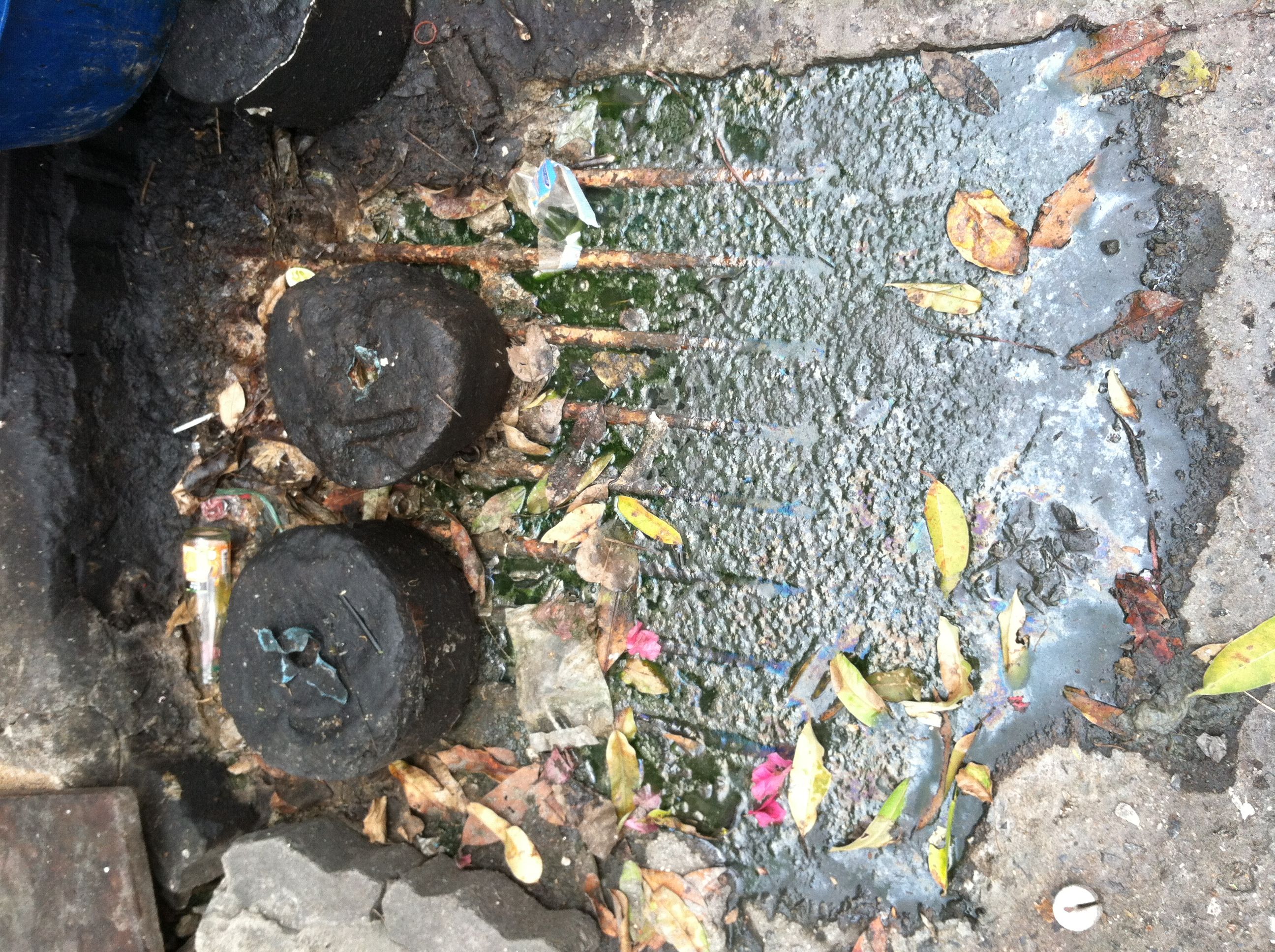The Bangkok Metropolitan Administration collects 8,000 tons of trash daily, but hundreds of tons more never get processed. The streets and waterways of Bangkok double as garbage disposals, and pollution has reached a “critical level,” according to the government’s Pollution Control Department.
The issue is more than just dumping trash. Boats that ride on Bangkok’s Chao Phraya River use salvaged diesel truck engines that spew exhaust directly into waterways. Waterside buildings freely pump waste into the river. And the health effects can be grave: People swim in the trash-filled canals, and the city’s drinking water is contaminated from waste. Bangkok’s largest environmental issue has become a lack of clean water, but smog and air pollution are also serious threats to health.





